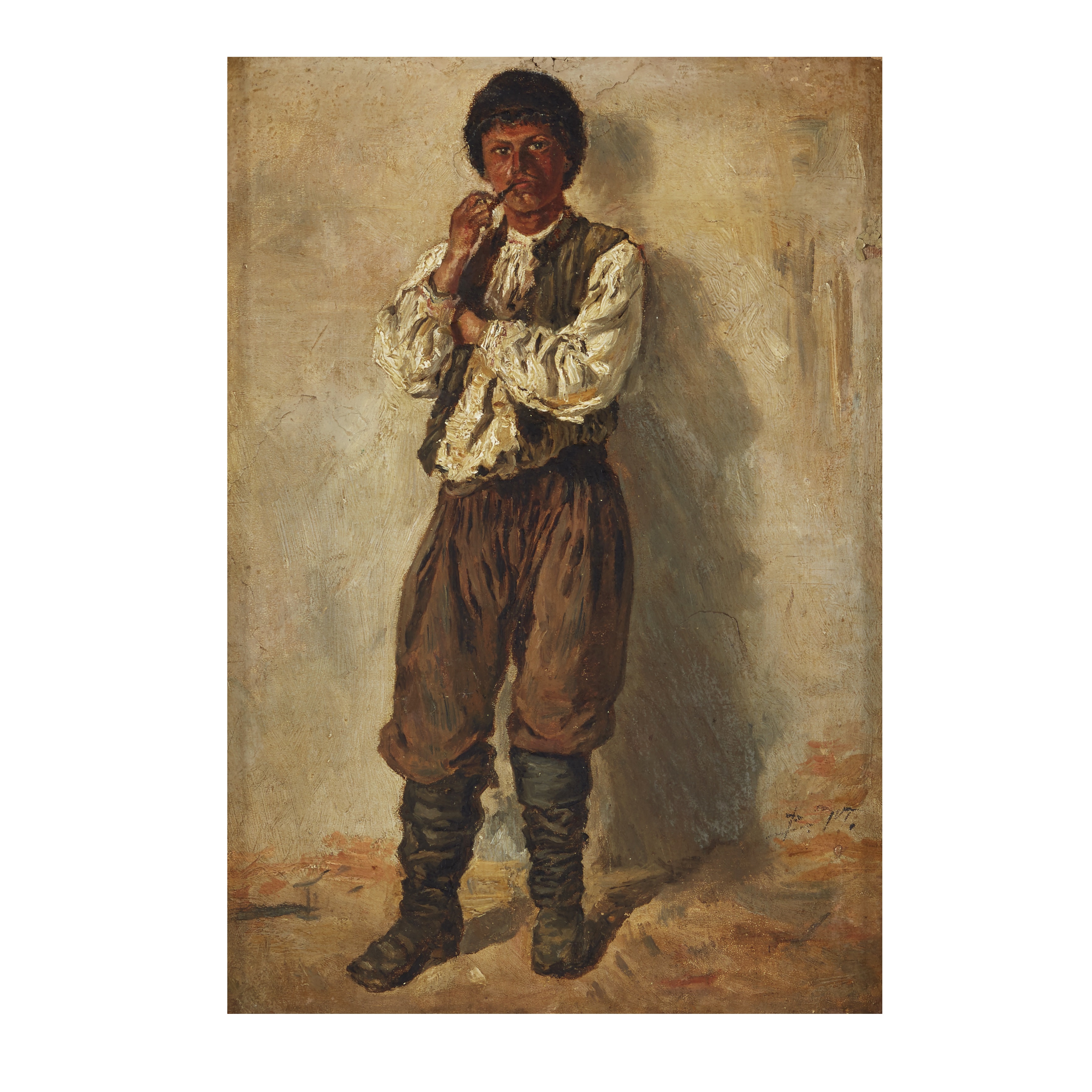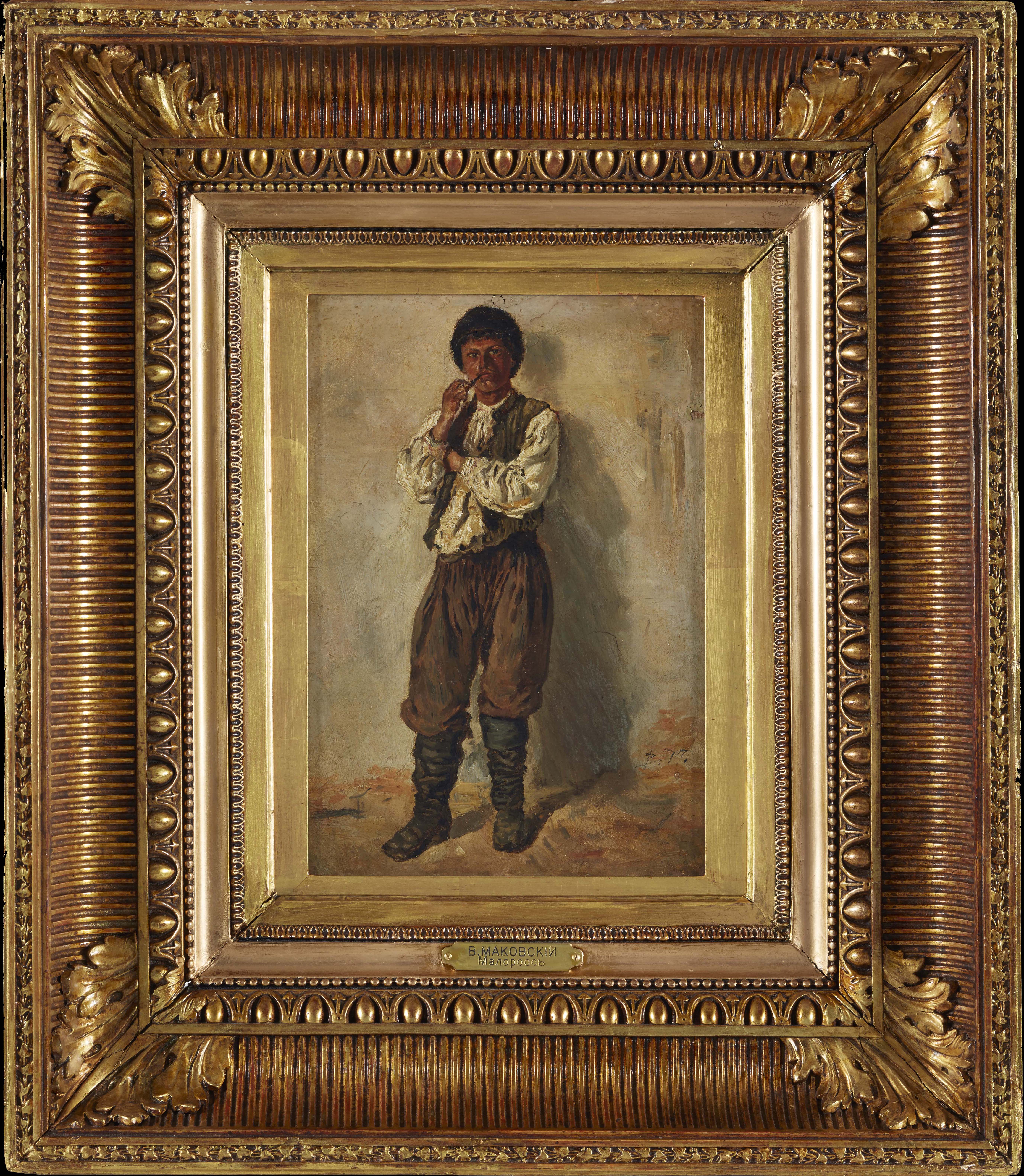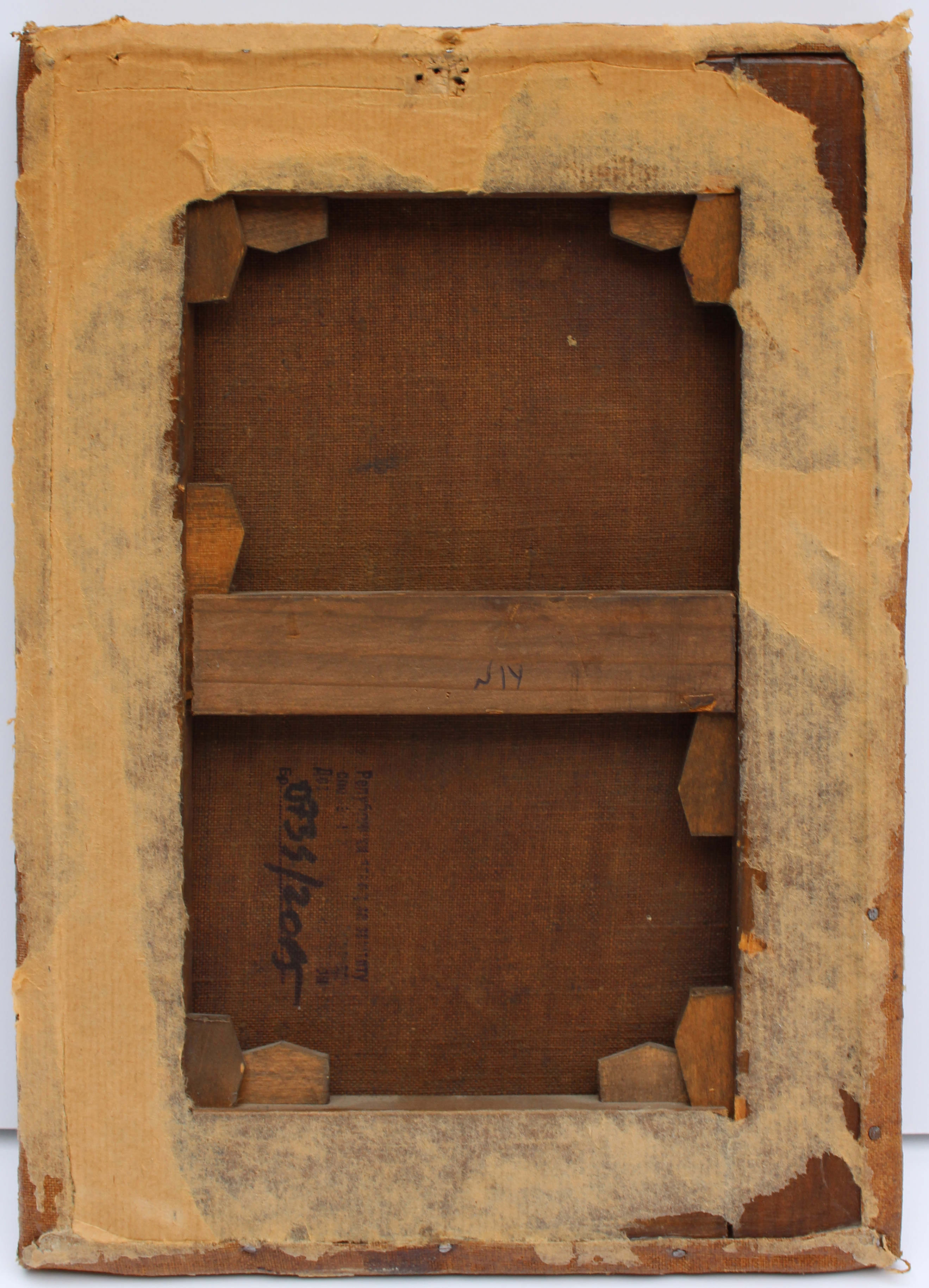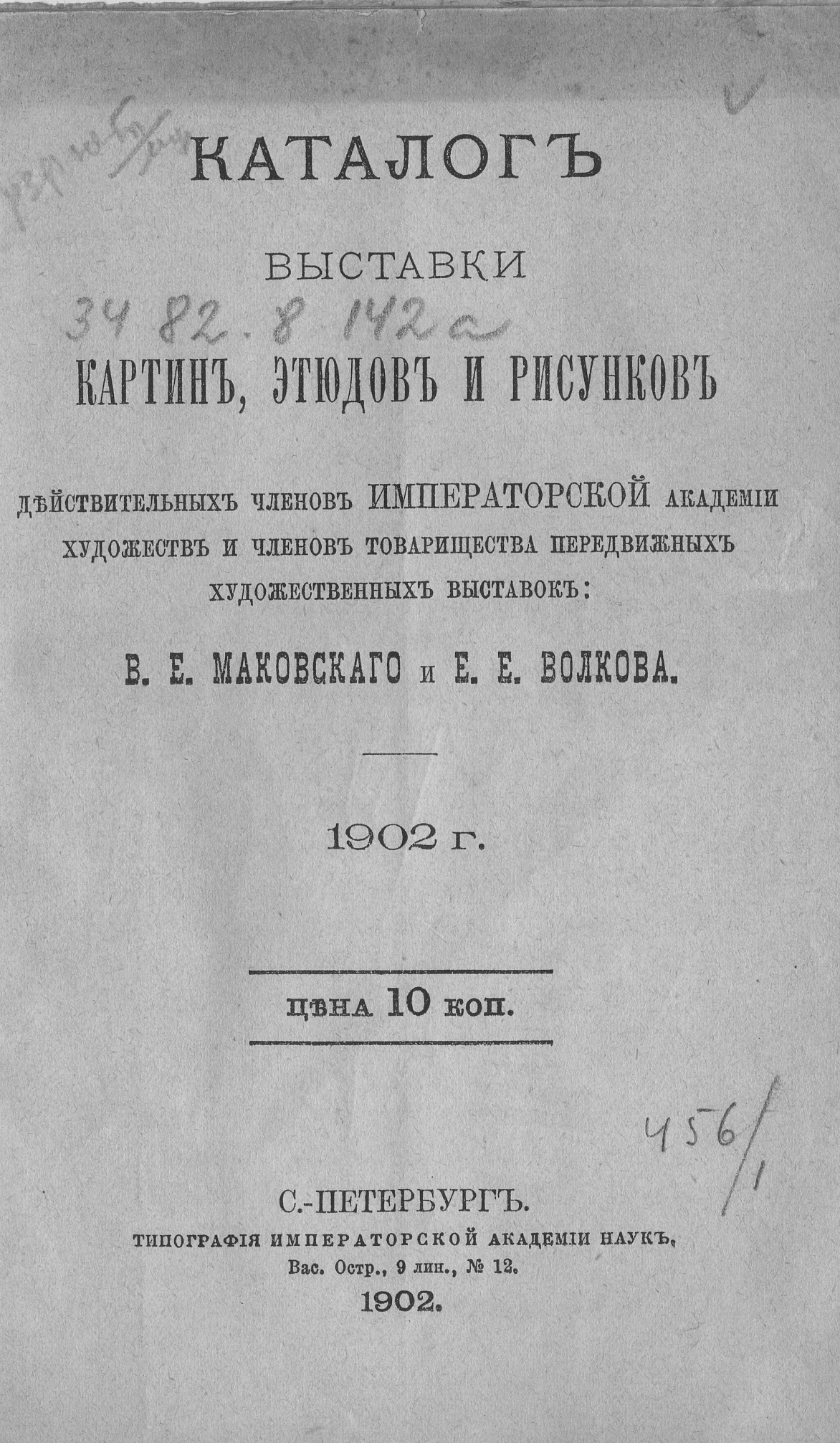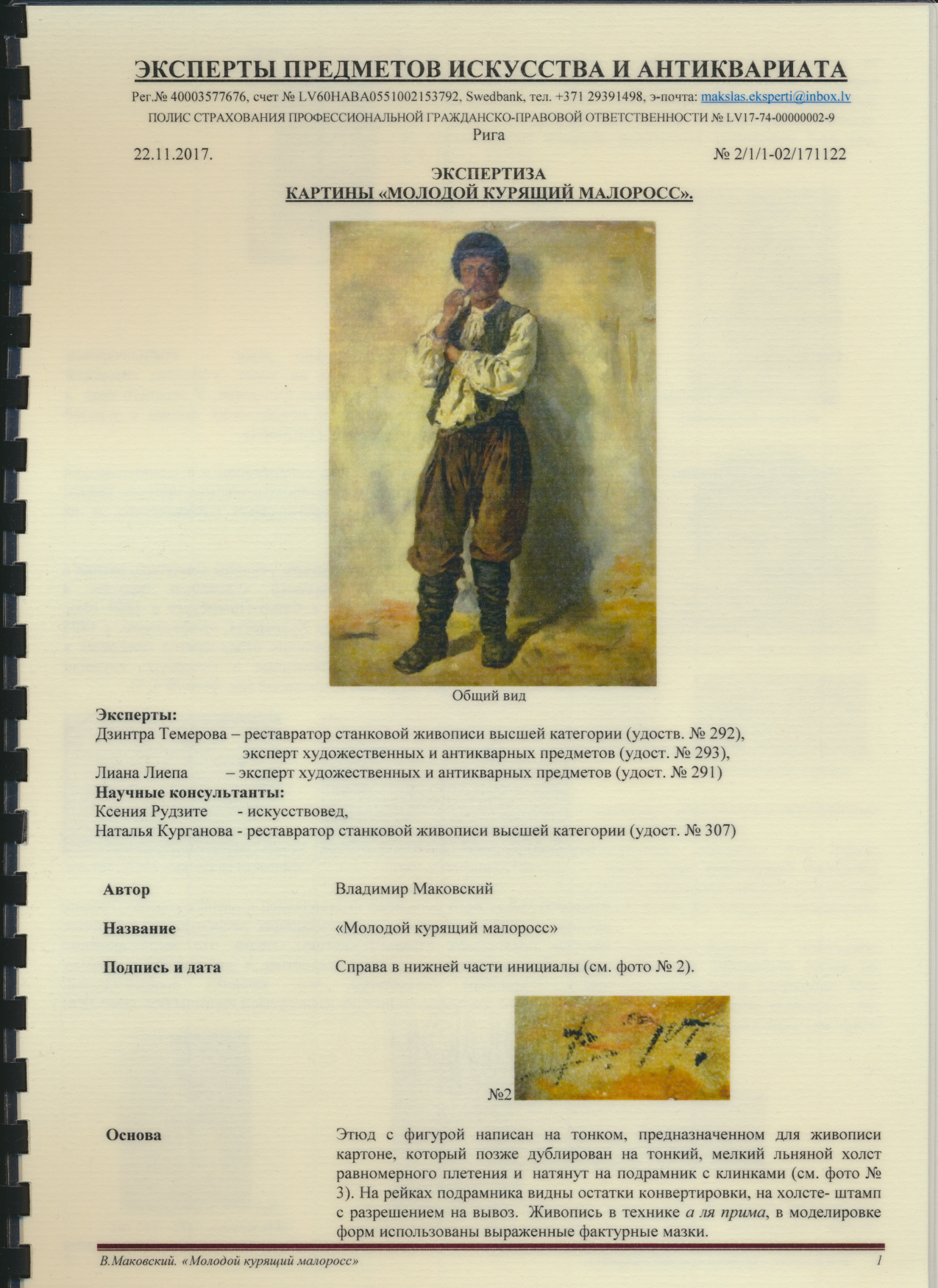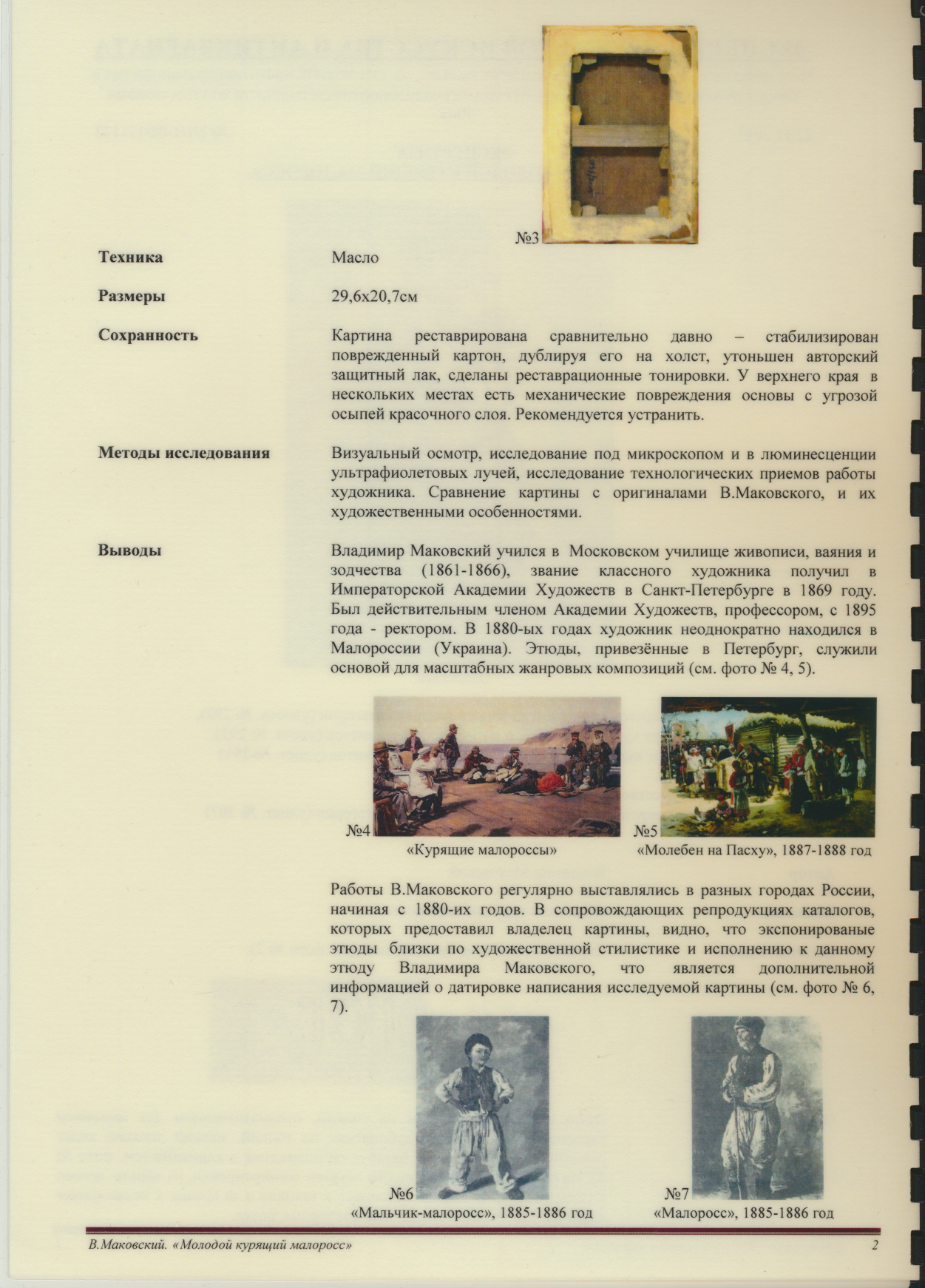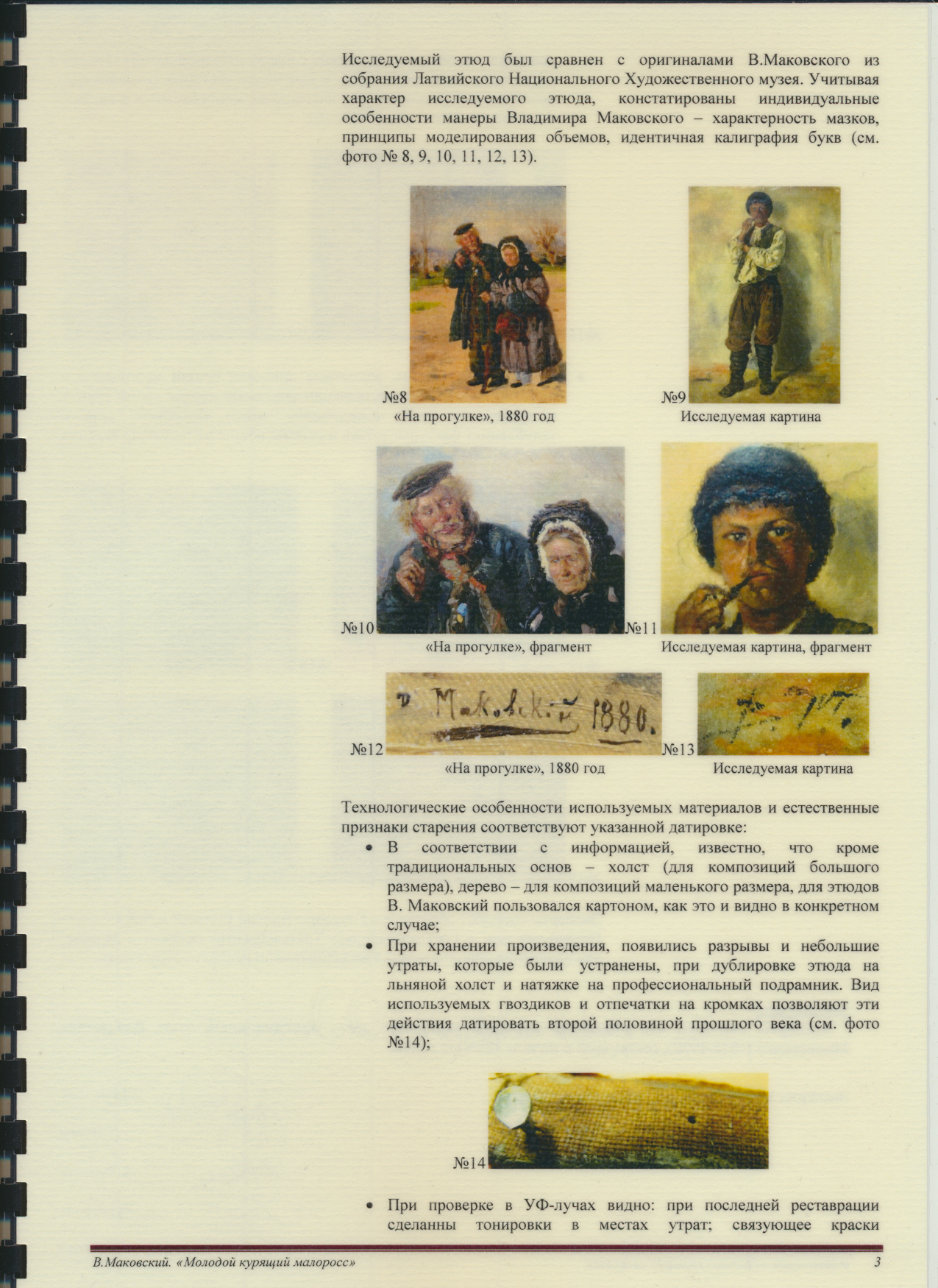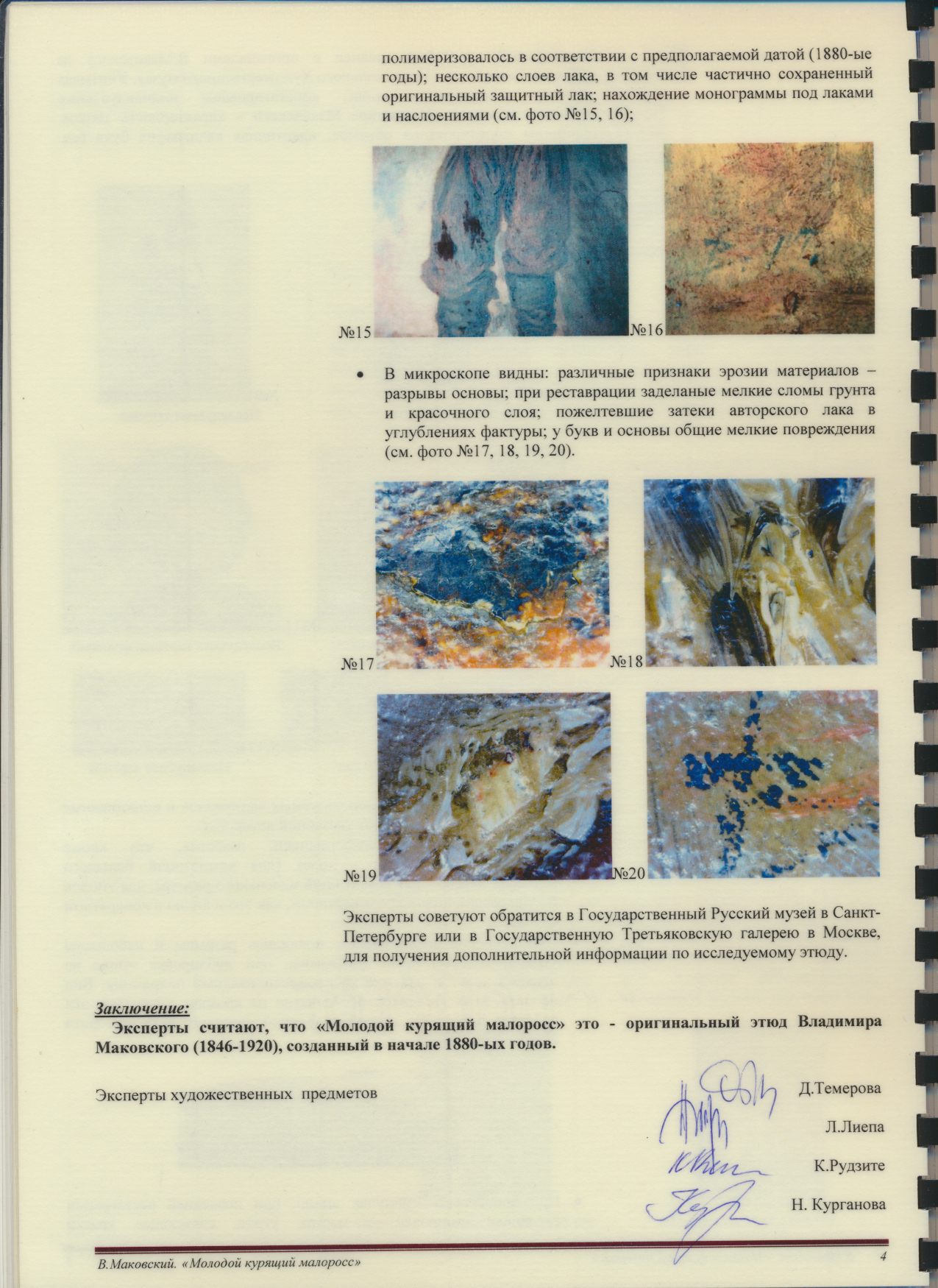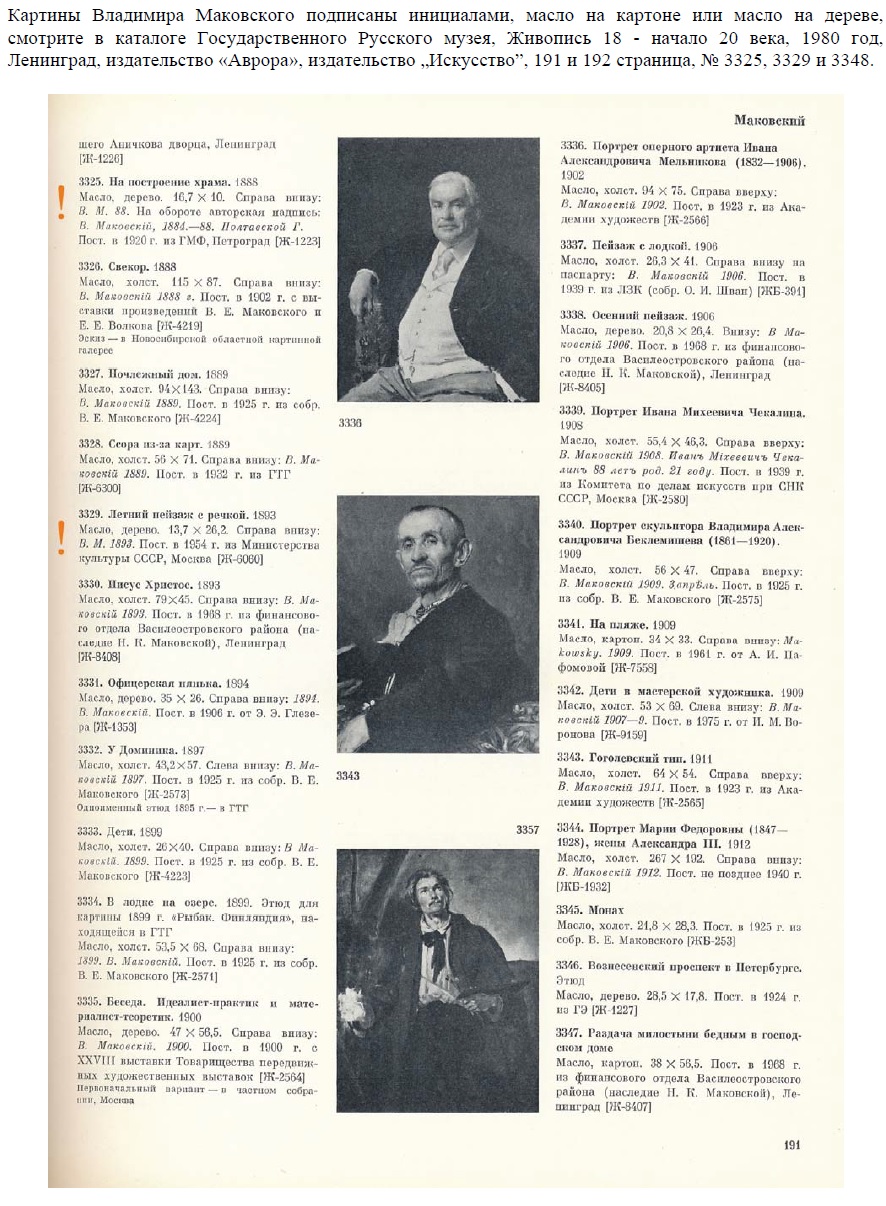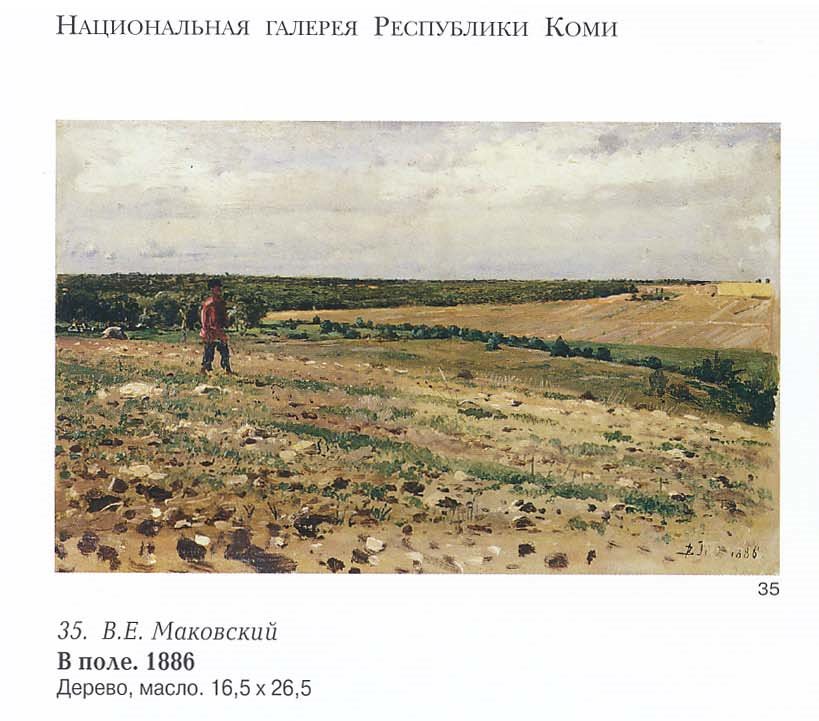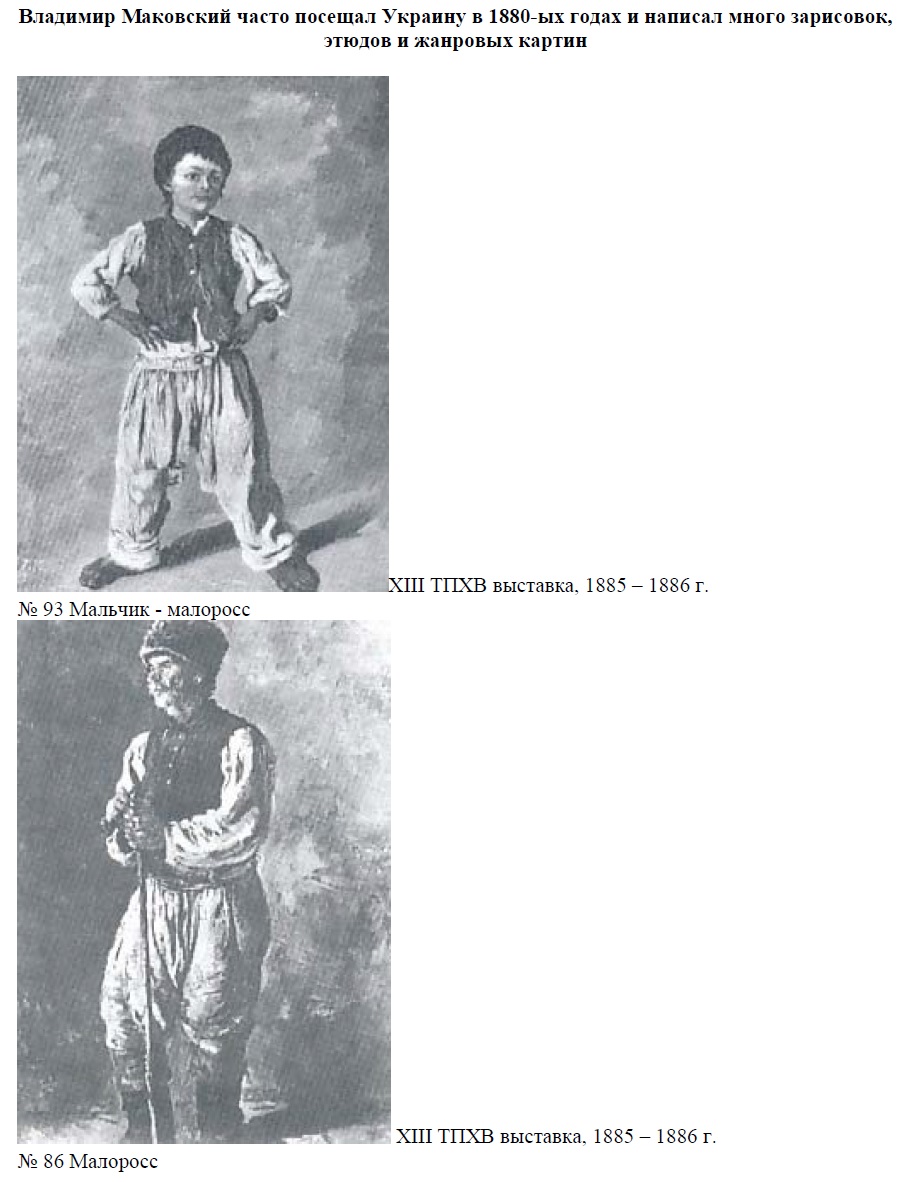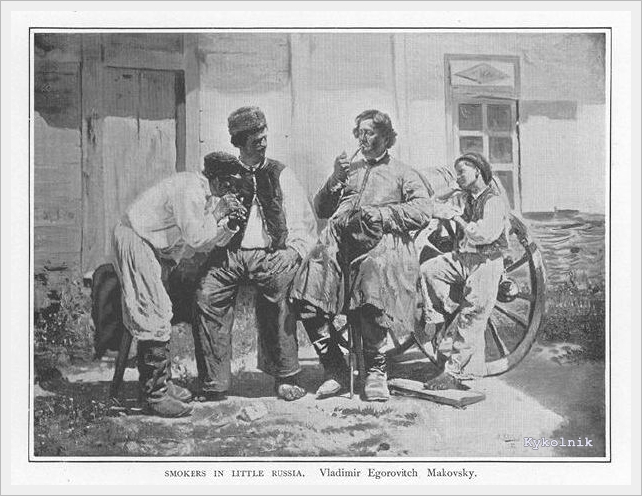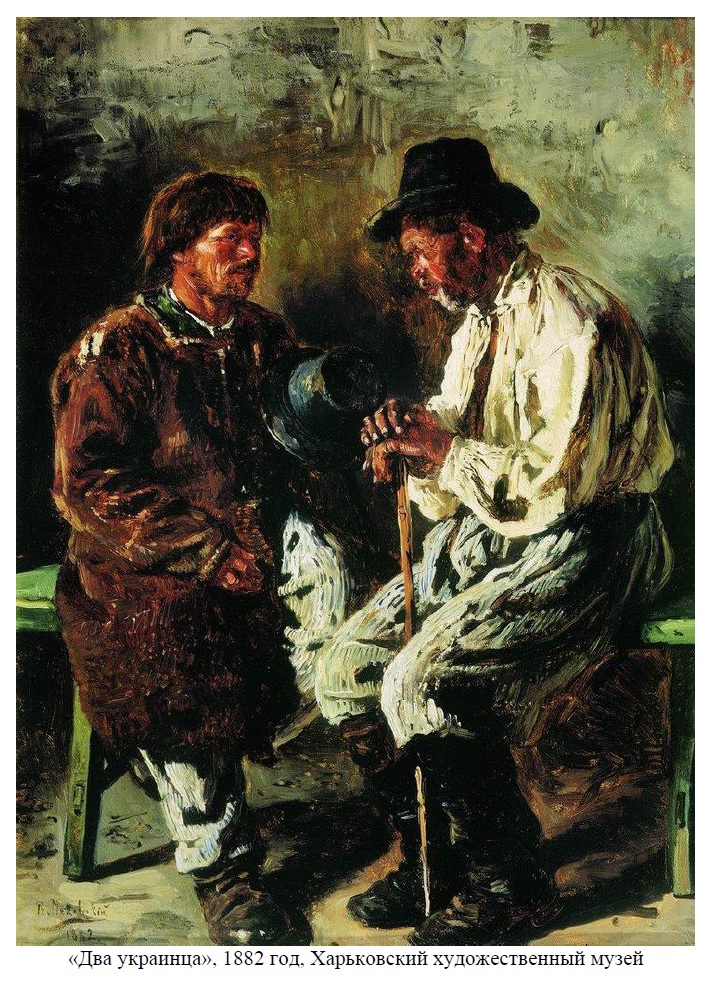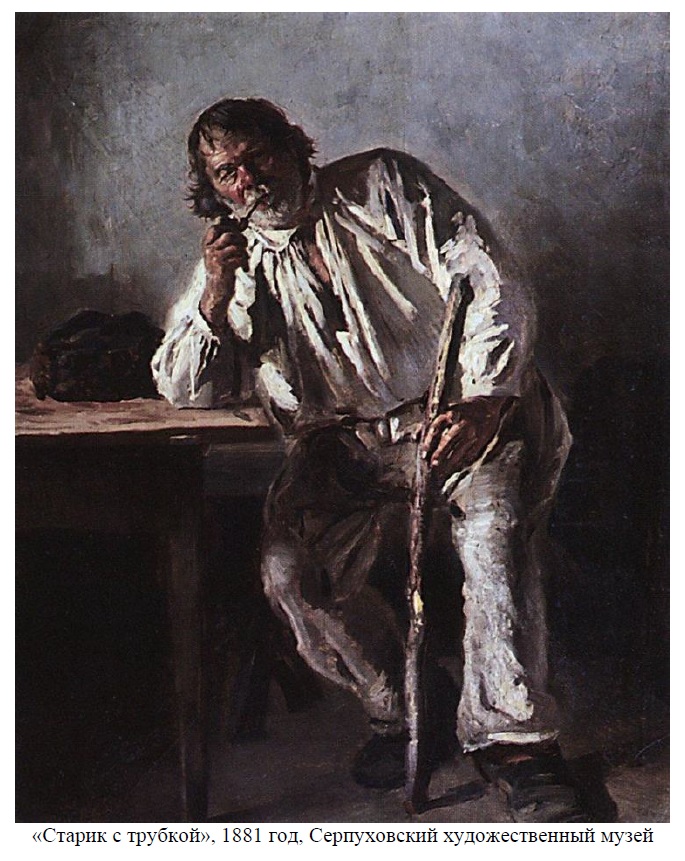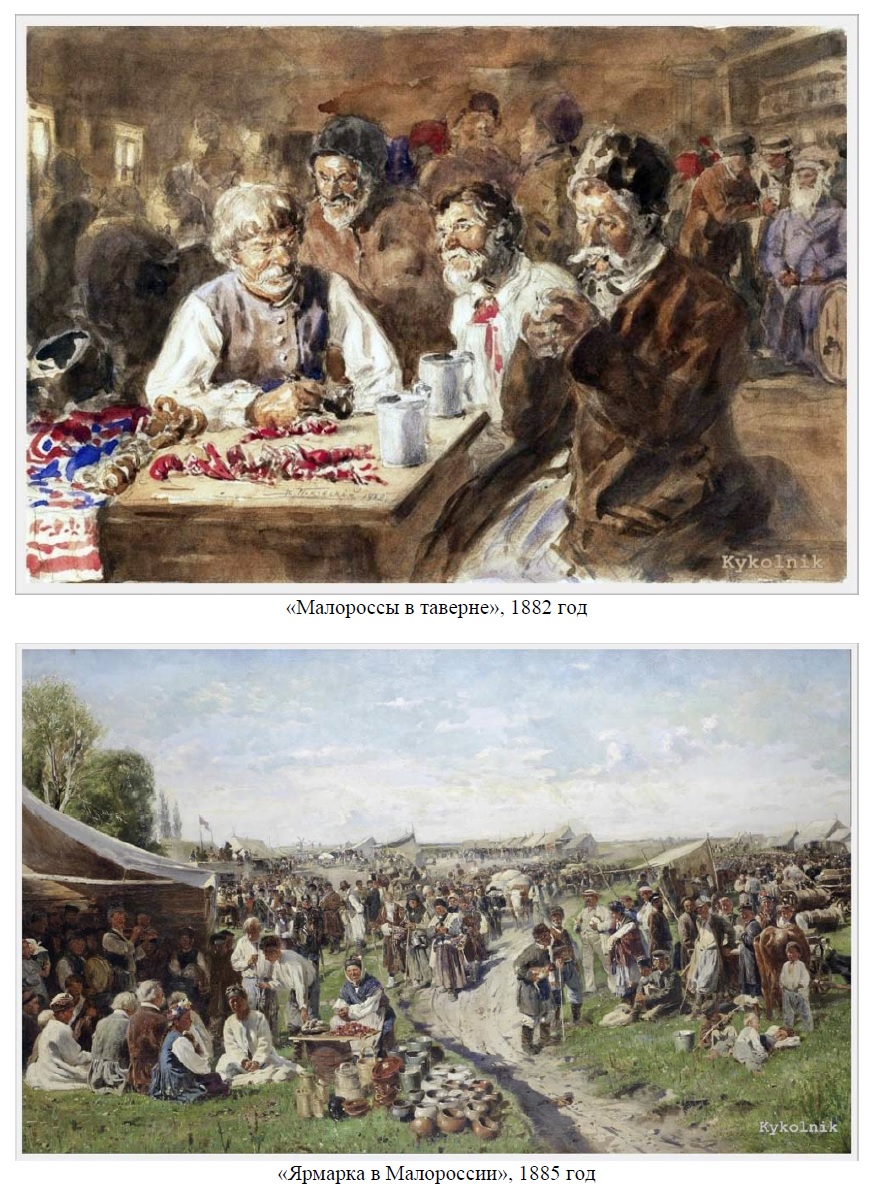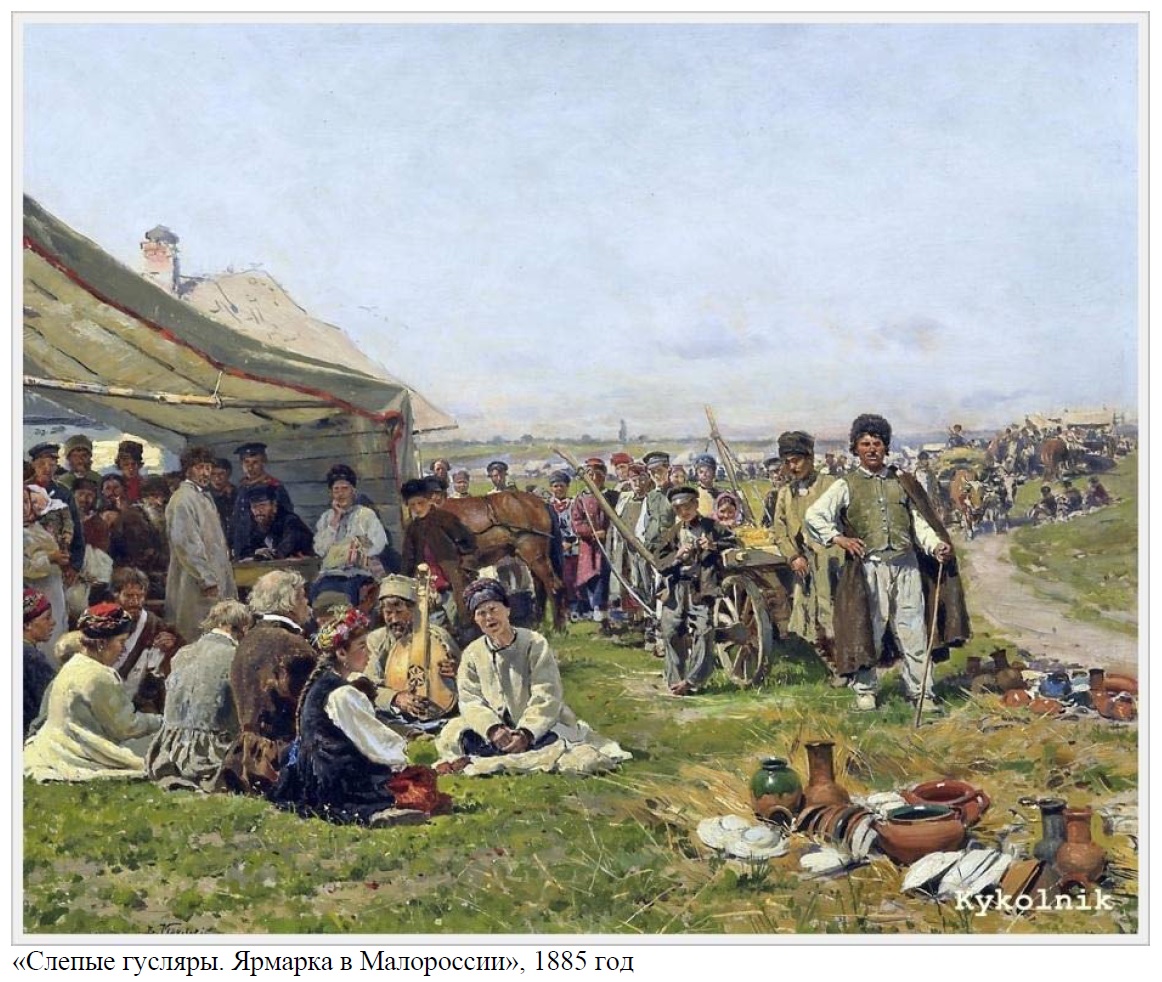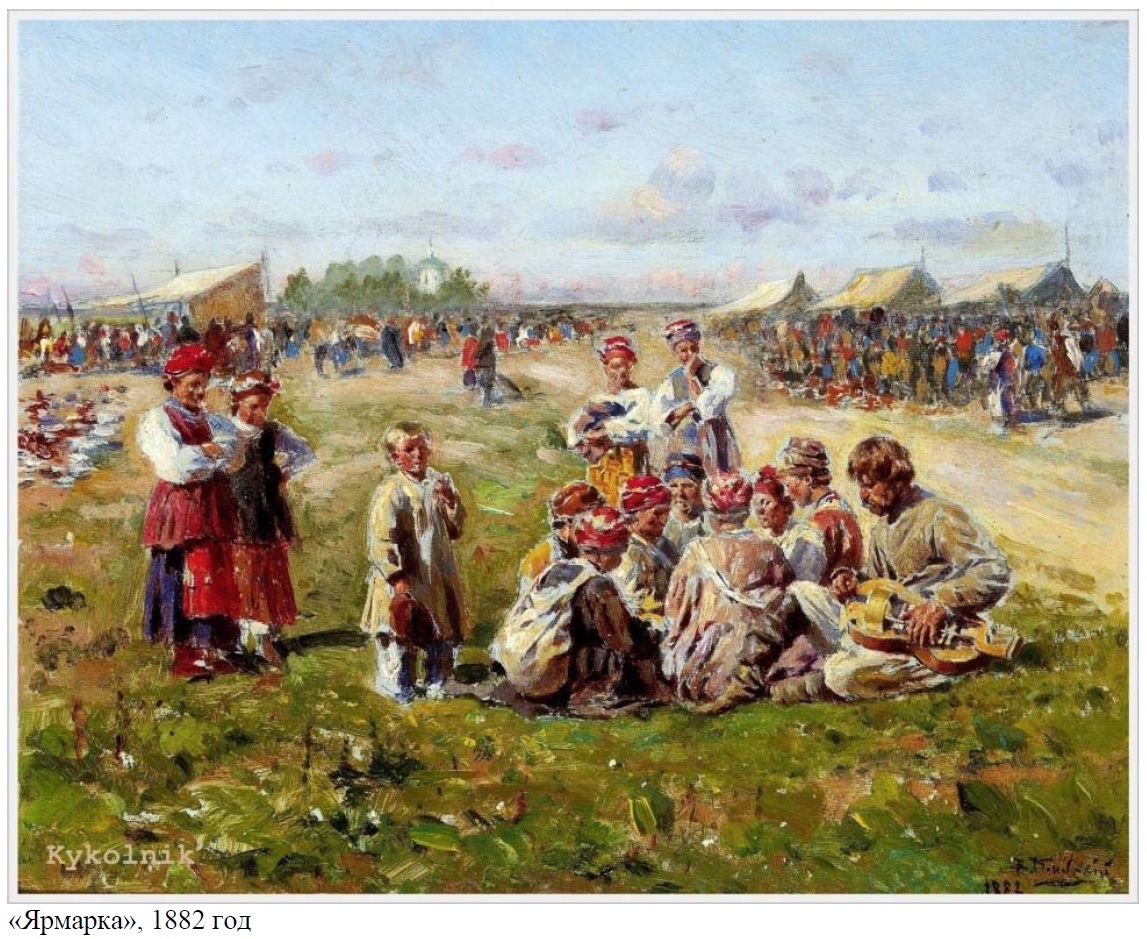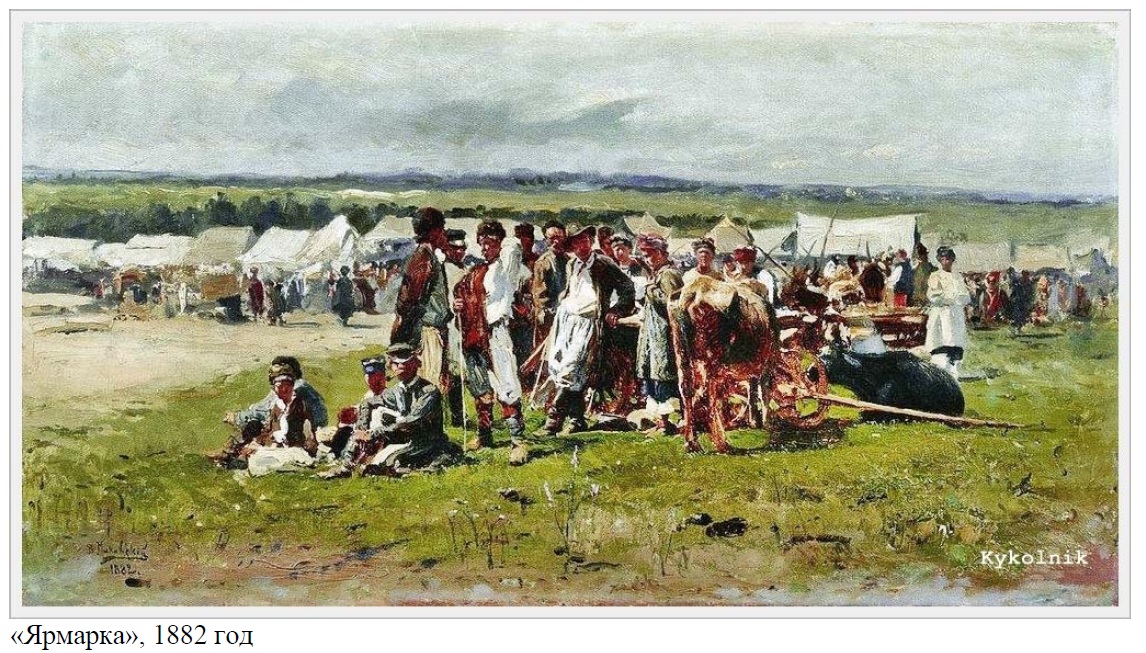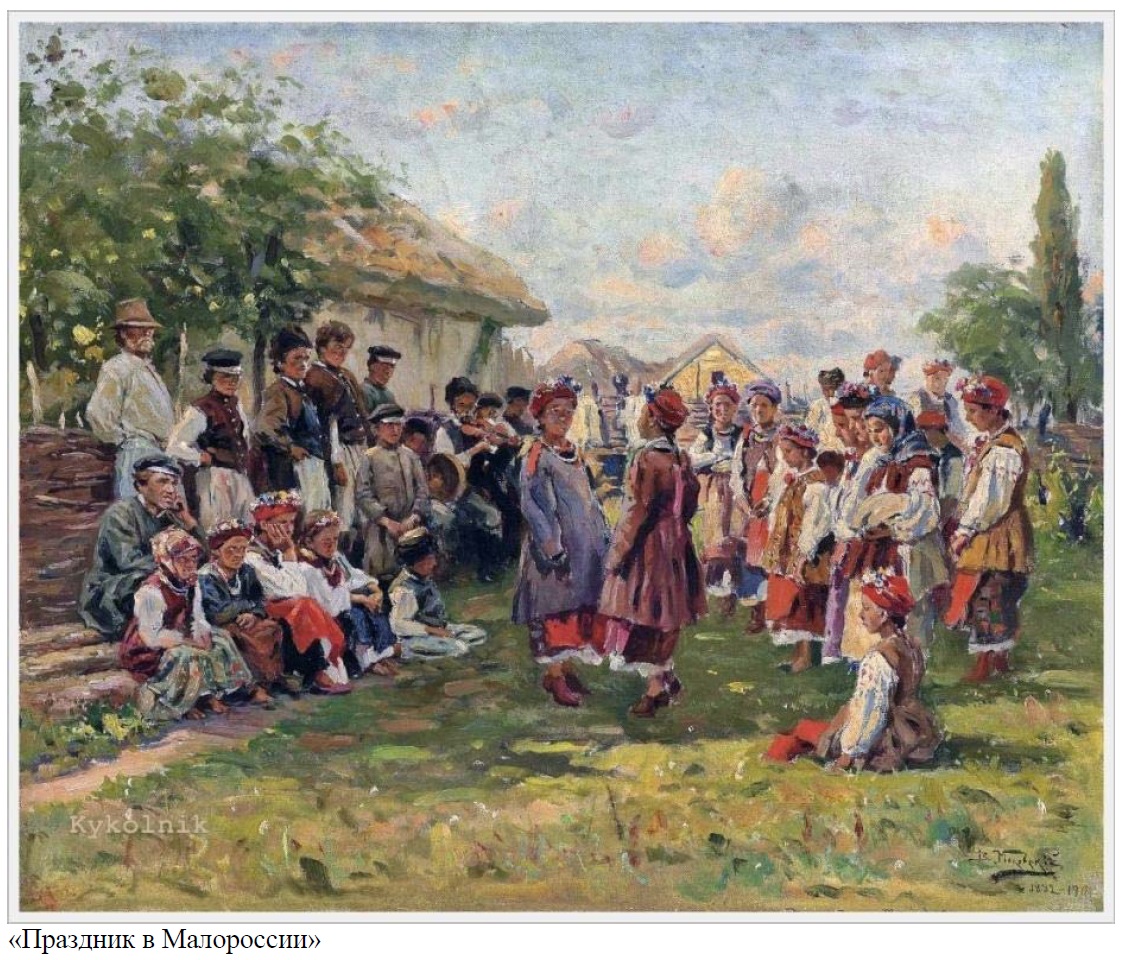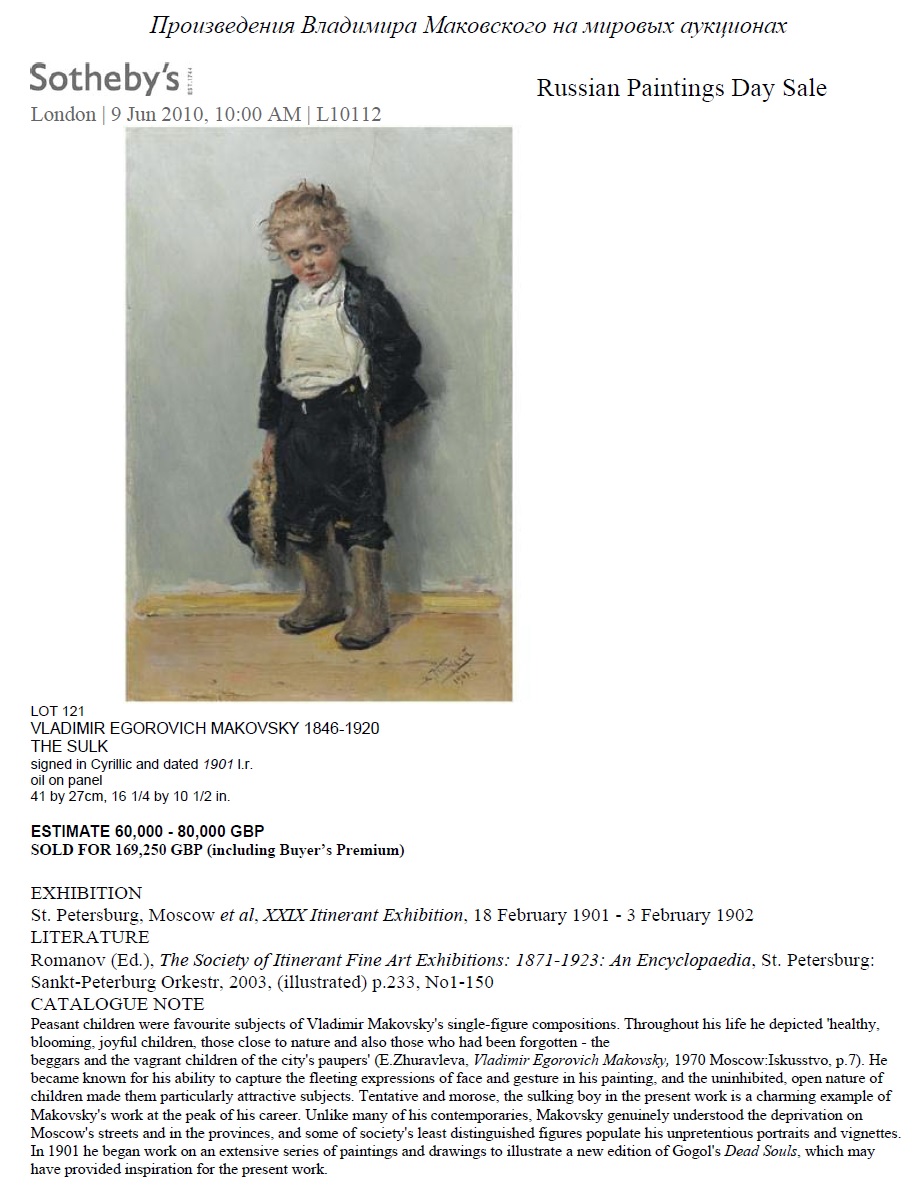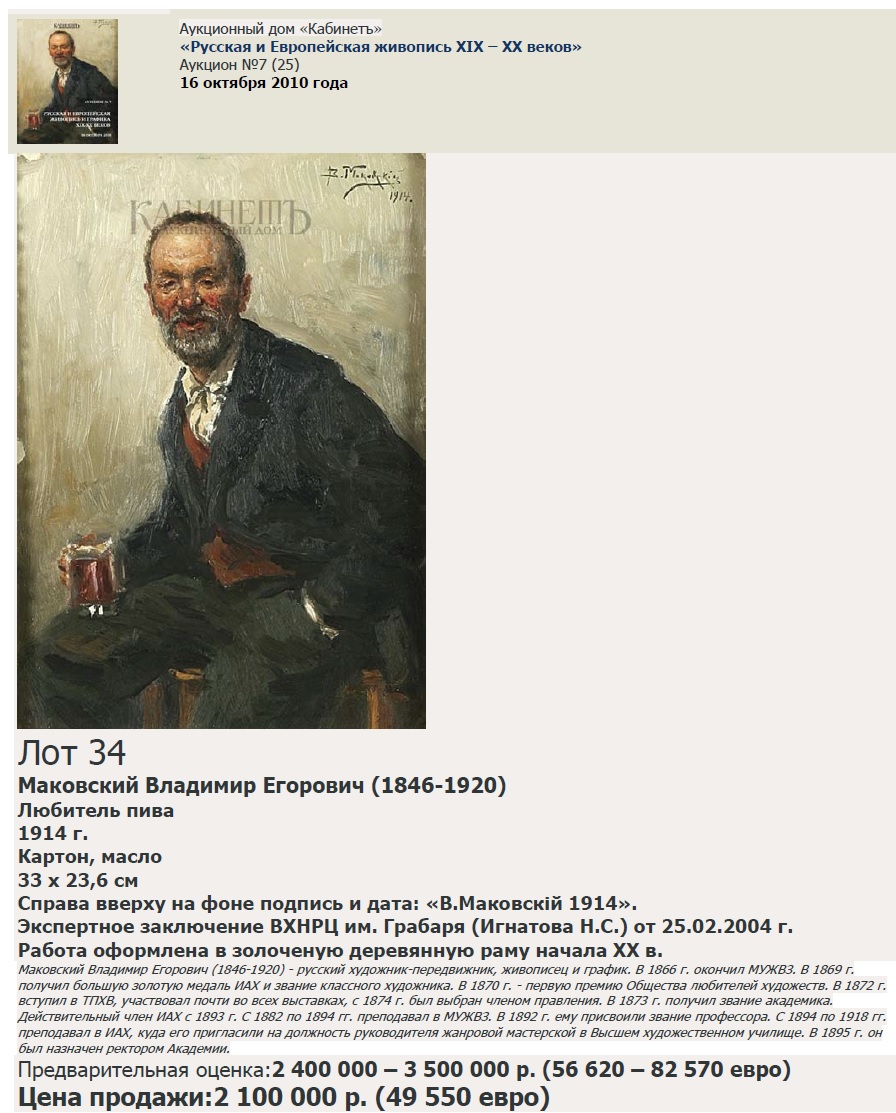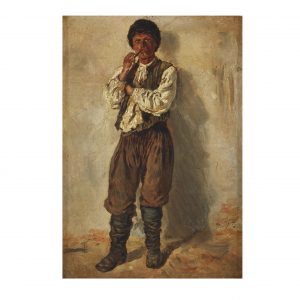Makovsky Vladimir Egorovich
Painter, graphic artist
Makovsky was born to the family of E. I. Makovsky — artist amateur, collector of artworks, public figure, one of the founders of Moscow School of painting, sculpture and architecture (MUZhVZ). Vladimir Makovsky was younger brother of the artists Alexandra, Konstantin, Nikolay Makovskys. His first art education Makovsky got under the guidance of his father. In 1858 he entered the MUZhVZ, studied under E. S. Sorokin and S. K. Zaryanko. In 1866 Makovsky was awarded big gold medal for the painting Literary reading and conferred the title of an artist of the 3rd degree. In 1869 by the Council of the Imperial Academy of Arts he was awarded gold medal E.-L. Vigée-Le Brun for the painting Peasants boys watch over the horses and was conferred title of an artist of the 1st degree. In 1873 Makovsky was conferred the title of an academician for the painting Nightingale Lovers.
Makovsky lived in Moscow. In 1867 he together with V. G. Perov, I. M. Pryanishnikov, P. M. Shmelkov, A. K. Savrasov, V. V. Pukirev and other painters participated in the edition of the Album of views and scenes of Russian life. In the same year Makovsky drew illustrations to the works by A. S. Pushkin. In 1871 he exposed his works at the First exhibition of the Society of Travelling Exhibition (TPKhV). In 1872 he became a member and an active participant of the exhibitions of this Society (till 1918). P. M. Tretyakov bought a lot of paintings by Makovsky from the exhibitions of TPKhV for his collection: Nightingale Lovers, Visit to poor, Waiting, The Collapse of the Bank, On the Boulevar and others.
In early 1870s Makovsky had his own lithograph workshop. He worked a lot in book graphic art, illustrated works by I. S. Turgenev, N. V. Gogol, and M. Y. Lermontov. In 1872 Makovsky painted a series of paintings (oil on cardboard) by the order of the Society of Natural Science, Anthropology and Ethnography. Later these paintings were published in the album Episodes of Sevastopol life.1854–1855.
In 1874 Makovsky travelled to Europe, visited Germany, France, Italy, England. In 1880s he often visited the Ukraine, lived in the Estate of Maslov in Orel province. In 1870s Makovsky participated in mural painting of the Cathedral of Christ the Savior in Moscow; in 1888–1889 he made sketches for the painting of the Church at the station Borki near Kharkov, at the place of Tsar Train crash. Since 1884 Makovsky studied technique of etching under the guidance of L. M. Zhemchuzhnikov.
Since 1880 Makovsky took part in the exhibitions of Moscow Society of Art Lovers. In 1885 he received the highest honorary reward at the International exhibition in Antwerp.
In 1890 Makovsky made a trip to Tiflis, in 1891 he travelled through the Crimea and the Caucasus. He painted a lot in his own estate in Finland. From 1882 till 1894 he lectured at Moscow School of painting, sculpture and architecture. In 1893 Makovsky was elected a member of the Imperial Academy of Arts.
In 1894 Makovsky moved to St. Petersburg; he was appointed head of the studio of genre painting at the Higher Art School of painting, sculpture and architecture under the Imperial Academy of Arts; in 1894–1896 he was a rector of the School. In late 1890s — 1910s Makovsky took part in public activities: he was a member of supervisory board in charge of teacher’s training courses under the Imperial Academy of Arts; a member of the new projects commission at Kazan art school and Penza art school named after N. D. Seliverstov; member of the commission for buying paintings from the exhibitions in St. Petersburg for the Russian Museum and for the regional museums. In 1909 Makovsky was one of the founders of the Kuindzhi Society.
In 1902 the first personal exhibition of the works by Makovsky (together with E. E. Volkov) was held in St. Petersburg. After Oktober revolution, the Soviet government granted a pension to Makovsky; he left his work in the Academy.
Retrospective exhibition of Makovsky’s works was organized in 1947 in the Central house of art workers in Moscow. In 1997 the exhibition Family Makovsky was held in the State Tretyakov Gallery.
Vladimir Makovsky was one of the leading masters of genre painting of the second half of the 19th century. He followed the traditions of critical realism, based by P. A. Fedotov and V. G. Perov. In his works Makovsky combined revealing intonation with humor and interest to everyday life. The painter reacted on all historical and public events, including scandal lawsuits of 1870s — Process of hundred ninety three in St. Petersburg and Process of fifty in Moscow; bankruptcy and closure of banks in late 1870s — 1880s; the tragedy on the Khodynskoye field in 1901; revolutions in 1905 and 1917. Makovsky was talented in portrait painting.
Makovsky’s early works were characterized by precise details, restrained colors, and desire for the ultimate perfection. Later his manner of painting became freer, more emotional and expressive.
Heritage of Makovsky’s artworks is big: more than four hundred of paintings, a lot of drawings, lithographs, etchings. Works by Vladimir Makovsky are in many museum and private collections, including the State Tretyakov Gallery, the State Russian Museum, and the Pushkin State Museum of Fine Arts.
